
The Art and Science of Transformation®
Discover Our ApproachA Holistic Approach to Transformation Success


The Art & Science of Transformation
With an increasingly fast-paced and innovative world, transformation within an organization is the new norm. Transformation projects affect many parts of an organization and not only require astute industry and functional knowledge, but also the correct balance of “art & science” to achieve optimal results.
Most projects often focus too highly on the “science” component – the tools and processes – and ignore the “art” aspect – the soft skills such as negotiation, leadership, and political acumen. These elements are often the most critical to transformation success – and especially important in achieving sustainable business results.
Simple Multi-Stakeholder Project or Program
This initiative requires significant involvement of stakeholders in decision making, using fairly straightforward methodologies and procedures.
Enterprise Wide Program
This initiative requires high levels of customization, creativity, and innovation coupled with a high degree of stakeholder interaction during execution in order to fully achieve the benefits of transformation.
Single Stakeholder Simple Project
This initiative is a relative familiar one and does not require much stakeholder consultation or contact.
Single Stakeholder Highly Complex Project
This initiative requires innovative project management approaches and thinking in order to bear on a unique or complex transformation project; but little stakeholder interaction is required.
Simple Multi-Stakeholder Project or Program
This initiative requires significant involvement of stakeholders in decision making, using fairly straightforward methodologies and procedures.
Why this needs art:
Why this needs science:
Ask About Our Approach
Enterprise Wide Program
This initiative requires high levels of customization, creativity, and innovation coupled with a high degree of stakeholder interaction during execution in order to fully achieve the benefits of transformation.
Why this needs art:
Why this needs science:
Ask About Our Approach
Single Stakeholder Simple Project
This initiative is a relative familiar one and does not require much stakeholder consultation or contact.
Why this needs art:
Why this needs science:
Ask About Our Approach
Single Stakeholder Highly Complex Project
This initiative requires innovative project management approaches and thinking in order to bear on a unique or complex transformation project; but little stakeholder interaction is required.
Why this needs art:
Why this needs science:
Ask About Our Approach
Organizational Purpose & Transformation
In today’s rapidly changing business environment, organizations must continually review and redefine their business strategies and operating models, undergoing frequent organizational transformations in order to remain relevant and “competitive”.
However, a consistent strategic focus on aligning the organization with its’ fundamental purpose, pursued differently over time is the key to an effective transformation.
Organizational purpose contributes to effective organizational transformation over time by driving innovation and change, while reducing risk, guiding business decisions and strategy, facilitating relationship formation with customers and other stakeholders, and providing a focus on internal identity and stability.
The effective definition, communication, and use of organizational purpose to promote successful transformation requires an art & science approach focused on the people-related aspects of change, coupled with best practice tools and techniques in transformation management.
Transforming from the Inside Out
One of the main barriers to successful change is organizational culture. The need for cultural transformation is often neglected in strategic and operational change initiatives. This missing link is one of the main factors that contributes to the high rates of transformational failure. As Peter Drucker famously remarked, “Culture eats strategy for breakfast!”
One of the reasons that so many organizations struggle with the idea of changing their culture is because they confuse an organization’s “core values” – the more abstract and fundamental concepts that should not generally be modified – with the norms and behaviour that must be aligned and re-aligned with business strategy.
Attempts to influence culture must be directed primarily at behaviour and underlying cultural norms, while remaining consistent with the organization’s core values.

Schroeder & Schroeder’s Art & Science of Transformation® approach is based on the understanding that successful transformation requires both the correct application of “science” (specialized tools, methods, and techniques) and “art” (political acumen, business acumen, people acumen, and leadership).
In any given initiative and culture, the correct balance will vary depending on the nature and complexity of the initiative. For example, a highly complex, multi-organizational project involving many stakeholders over a large geography and cultures would require high levels of both “art” and “science” compared to a simpler project.
When strategy, culture, and the correct balance of “art & science” are all considered in a transformation initiative, it results in the achievement of business objectives that add immense and often immeasurable value to the organization.
Our Art & Science of Transformation® approach provides a systematic and holistic model for addressing both the people-related and organizational aspects of transformation. This will definitely offer you and your organization long-lasting and enduring value.